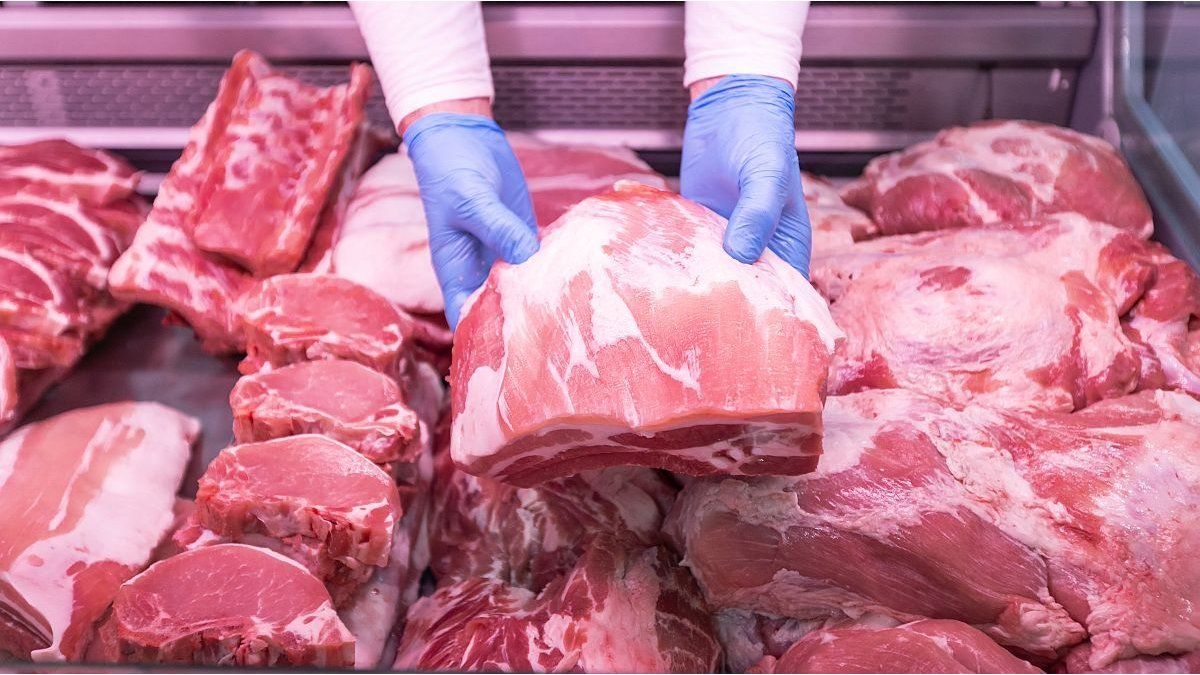The increase in the price of meat was one of the different factors that drove up the December inflation. In the same way, the moderation in the rise of this basic product in the food basket would contribute to the slowdown in the CPI estimated for January.
In any case, in the future the panorama could change. A lower offer of animals, from the consequences left by last year’s drought, added to the export liberalizationcould push the price up of meat in the coming months.
In fact, Overseas shipments are expected to gain share this year as a destination for what is produced, after 2023 that closed with a strong increase in exported volumes.
In that scenario, the ceiling on prices will be set by consumption. Due to the loss of purchasing power, a drop in domestic demand which, in some way, will help moderate future increases in gondolas and butcher shops.
However, after remaining stable during the first part of January, the price of the property in the Cañuelas market rose last week and began this week with the same trend. A fact that, in the short term, effectively could be passed on to the consumer.
Meat price: what can happen in the short term
“The increase in the price of the property last week, which was 3 to 5% depending on the category, has to do with the drop in supply, especially for consumption. There is a strong pressure for heavy animals, which originates in the export release for any destination. But this is still not affecting domestic consumption,” he explained to Ambit Miguel Schiaritihead of the Chamber of Meat Industry and Commerce.
And, in reference to what could happen with the prices paid by the consumer, the sector leader pointed out that “That percentage of increases could slowly be transferred to the counterbut we will see what happens this week: if prices are not validated and they fall again, or if they continue to climb slowly, but continuously.”
Meanwhile, looking at what may happen in the coming months, the drop in supply will play a fundamental role. In this regard, Schiariti stressed: “We must remember that there is a lack of one and a half million calves, which will not be born this yearand at the same time there was a very extensive slaughter of cows in the last half of last year, which brought the slaughter of females to 48%, and this will generate that to replace those females “The producer must retain heifers and impregnate them.”
“That is, In addition to the lack of calves, we are going to have a significant lack of heifers “They are not going to go to the market because they are going to be replacing the bellies that were sold in the last half of last year,” he concluded.
Meat: what can happen to exports this year
meat-workers.jpg
Last year, meat exports grew in volume compared to 2022
According to a report prepared by Fundación Mediterránea, During 2023, beef exports grew by 8.1% in volume compared to 2022. The complex sold abroad for a value of US$2,944 million, which represented a 22.7% drop in real termsfrom a collapse in international prices.
Meanwhile, when projecting what may happen this year with beef exports, the report highlighted that the scenario “It will be conditioned by the dynamics of the external market, what happens with the livestock cycle and internal consumption”.
“In terms of the global market, Imports from China (the first global buyer and destination for Argentine meat) would remain relatively stable compared to the last two years. (around 2.7 million tons of product weight), with prices that aim to be similar to those at the end of 2023”, detailed from Fundación Mediterránea.
Beyond a lower supply for this year, there are other factors that will condition the internal front for the sector. “The real effective exchange rate (REER) for exports has reached a very high level so far in Januarywhich far exceeds what it had during 2023 and previous years,” the study noted when referring to the devaluation of the official exchange rate and the implementation of the export exchange regime (80% at the official exchange rate and 20% at the CCL).
In this regard, they stressed that “whether or not the current REER can be maintained is ‘the’ key question; The Government intends to bring DEX rates to 15%against a rate of 9% currently paid by the complex’s cuts, and the export dollar could quickly fall behind if the official exchange rate were used as an inflationary anchor.
The study also refers to a probable contraction in domestic consumption due to the loss in purchasing power and a contraction in the levels of economic activity. “In this complex context for the local consumer, exports should grow in participation as a destination for what is produced, exceeding the 29% mark of 2023; What remains to be known is whether it will also be able to grow in volumes, a question that will ultimately depend on what happens with the flow of animals sent to slaughter and the kilos of meat finally produced by the country,” they concluded from Fundación Mediterránea.
Source: Ambito




